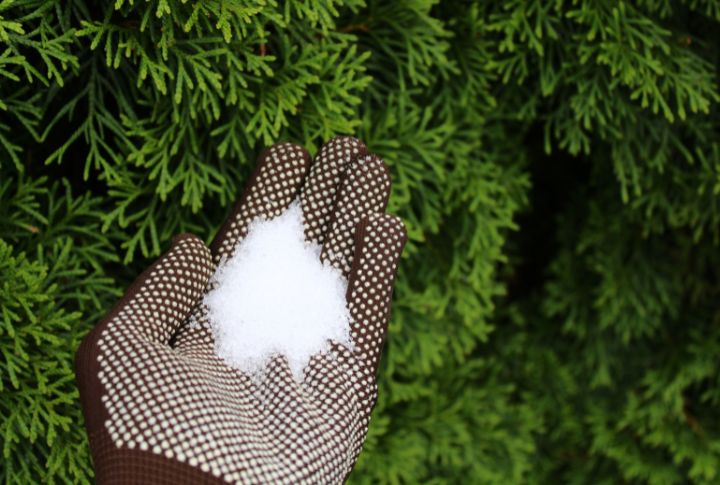
Throughout the ages, gardeners have claimed the benefits of Epsom salt, especially for tomatoes, peppers, and roses, ranging from repelling pests to increasing yields. Despite its natural origins, experts caution that most of these claims lack scientific support and are based on anecdotal evidence rather than research. Epsom salts, or magnesium sulfate, are generally only advised for most home green spaces if plants lack magnesium.
Lack of Scientific Evidence

It is a titan in garden lore, with tales of its benefits passed down through generations. However, when scrutinized under the lens of scientific inquiry, a troubling pattern emerges. Most of the purported advantages need more solid backing from rigorous research. Instead, they rely heavily on personal testimony.
Expert Opinion
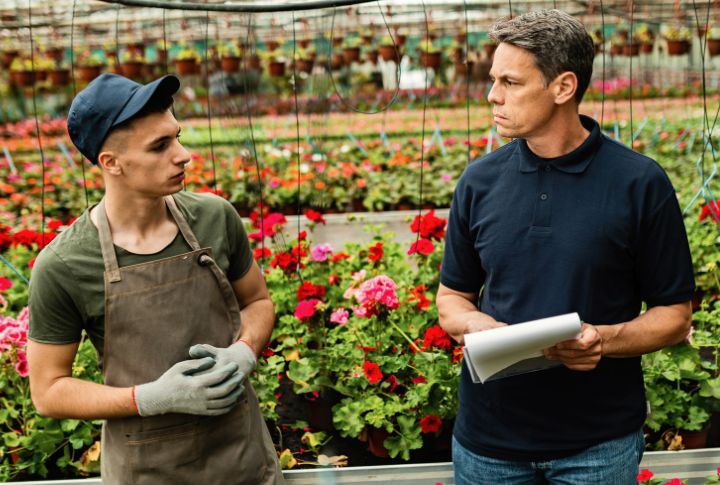
Whether deciding on the best fertilizers to use or grappling with pest control, consulting with experts can provide clarity and direction. These professionals understand the intricacies of plant biology and environmental factors, allowing them to offer tailored solutions to your gardening dilemmas.
Not Always Effective
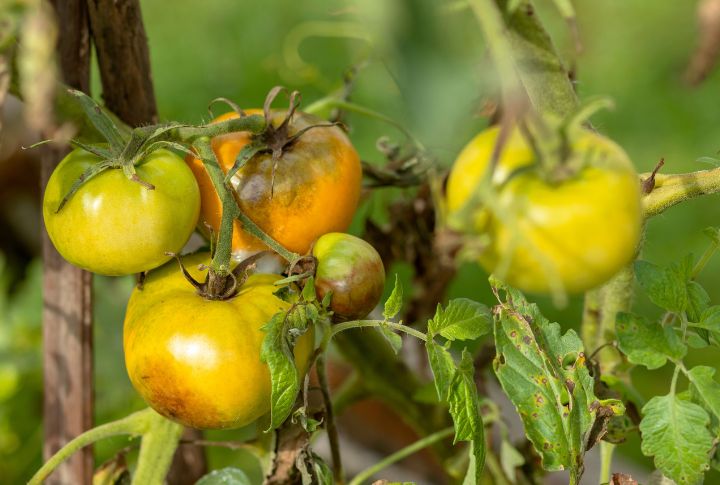
It’s a common misconception that natural equates to effective, a fallacy that Epsom salt effortlessly slips into. Despite its origins as a naturally occurring mineral compound, the leap from natural to beneficial remains unsubstantiated. The mere presence of it in your lawn does not guarantee flourishing or bountiful harvests.
Questionable Claims

Amid the fervor surrounding Bitter salt, claims of its supernatural abilities abound. The promises seem too good to be true, from repelling pests to turbocharging growth. And indeed, they often are. Many of these assertions need more robust substantiation from empirical research, leaving them on the edge of plausibility.
Magnesium Deficiency
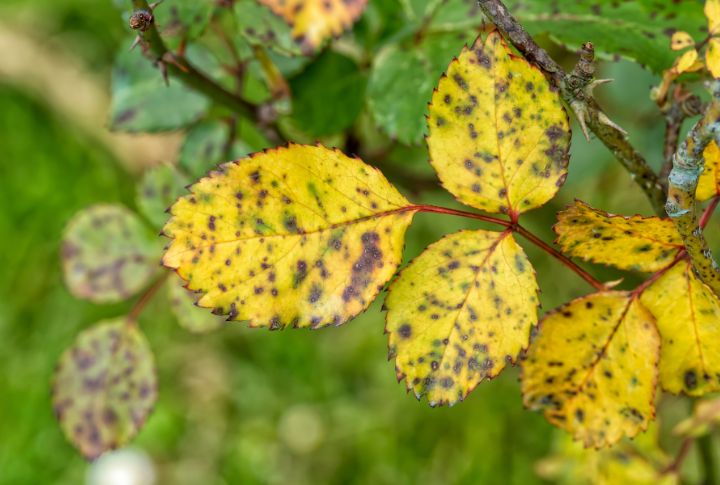
Epsom salt is mainly made of magnesium sulfate, which is why it’s often praised. However, it’s only beneficial when your soil lacks magnesium. Otherwise, using it is like trying to fix something that isn’t broken.
Not a Universal Solution
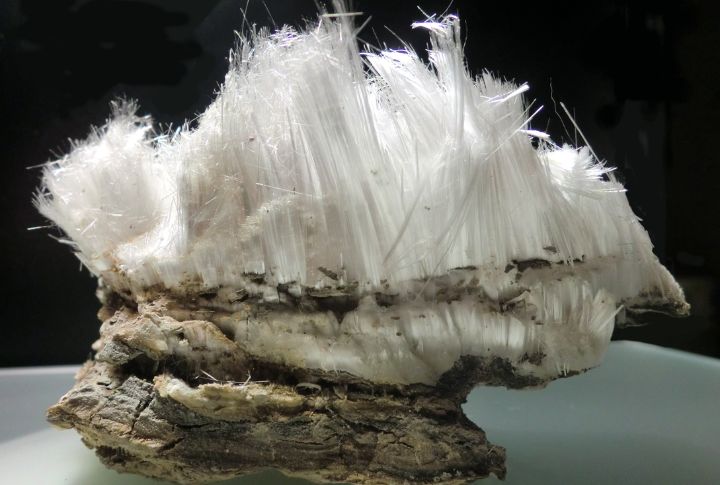
The most critical revelation is that Epsomite, as it is also called, is not a cure-all for lawn woes. Its effectiveness hinges precariously on a delicate balance of clay conditions and flora needs. What works wonders for one garden may yield negligible results or harm in another. It’s a nuanced dance where context reigns supreme.
Risk of Overuse
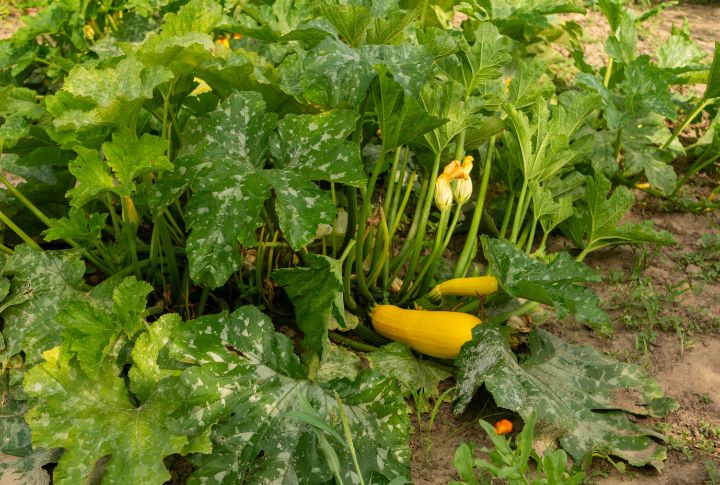
Applying Epsomite when not needed can lead to vital imbalances in the clay, potentially harming vegetation rather than aiding it. The temptation to use it liberally, assuming it can only do good, can backfire. Excessive sodium from it can disrupt the delicate balance of nutrients.
Misguided Recommendations

Even if well-intentioned individuals like grandmothers or neighbors recommend it, their advice may need more empirical merit. Their gardening wisdom might be based on anecdotal evidence or tradition; critically evaluating recommendations is essential. Only following advice and understanding the underlying principles can lead to effective practices or harm your green area.
Alternative Solutions Exist
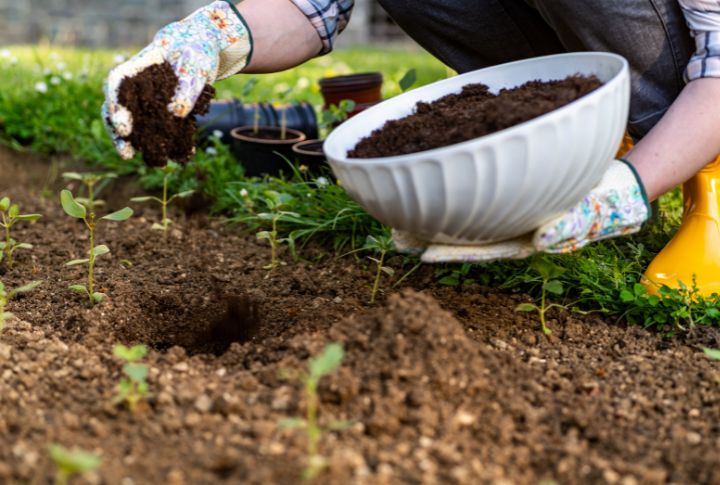
Other, more scientifically supported methods exist for addressing nutrient deficiencies and promoting growth. Instead of relying solely on Bitter salt, consider options such as composting, mulching, or targeted fertilization based on sod testing results. These methods offer more precise control over nourishing levels and can address specific deficiencies without the risk of environmental harm.
Environmental Impact

Using unnecessary additives like Bitter salt can contribute to environmental pollution, particularly if excess sodium leach into groundwater. The runoff from flowerbeds treated with it can carry these minerals into nearby water bodies, disrupting aquatic ecosystems and harming marine life. Additionally, the production entails energy consumption and magnesium emissions, further contributing to environmental degradation.
Cost-Effectiveness

Spending on Magnesium sulfate that benefits your green space may be wise. Gardeners often seek products promising miraculous results, but discerning the actual value of such additives is crucial. While it isn’t costly, its cost should be weighed against the tangible gain it provides.
Time Investment
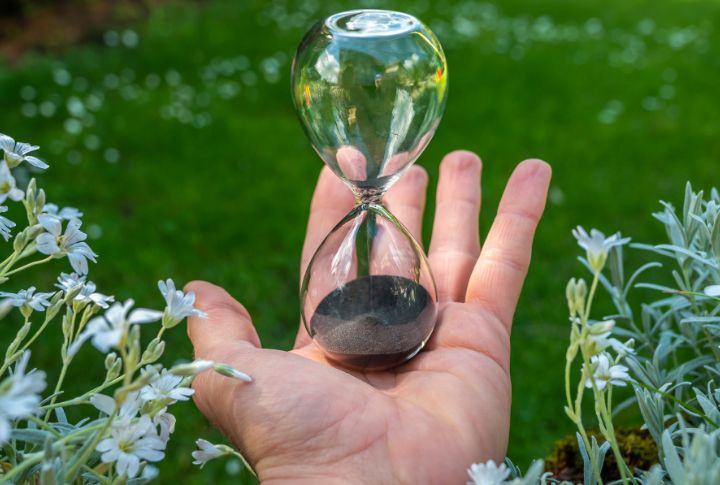
Applying Epsomite demands time and effort. Time is a precious resource in gardening. Any practice that consumes time without significant returns should be carefully evaluated. Considering the uncertainty surrounding its efficacy, investing time in its application might yield a different outcome.
Focus on Soil Health
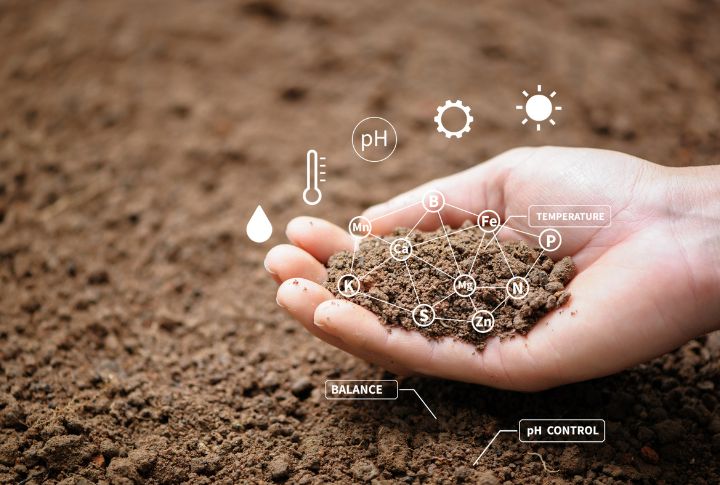
Prioritizing overall soil health is paramount. Sustainable tending isn’t about quick fixes; it’s about nurturing a thriving ecosystem beneath the surface. Embracing practices like composting and nutrient management fosters long-term sod fertility and resilience. Enhancing soil health ensures sustained lawn vitality rather than relying on external additives like Epsomite.
Specific Needs

Every plant has nutrient requirements, which is crucial knowledge for successful tending. Some may benefit, others may not. Given the diversity in your terrace, it’s vital to customize nourishing supplementation accordingly. Uniformly applying it may only suit some of your floral varieties’ needs.
Long-Term Effects
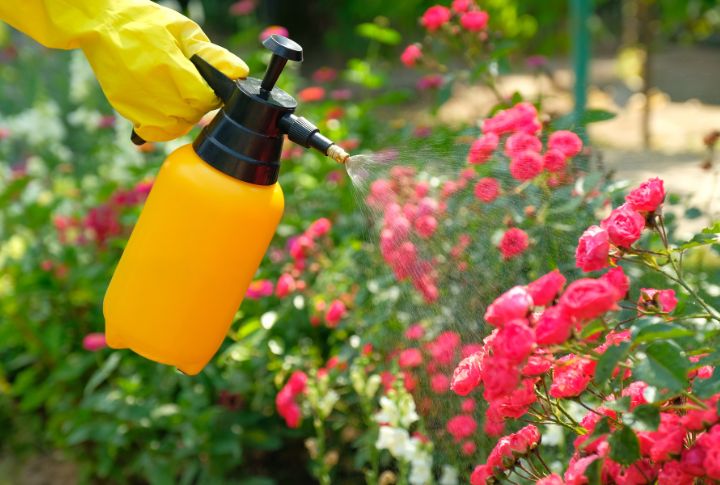
One aspect of long-term planning involves considering the impact of your gardening practices on the environment. Opting for sustainable methods, such as composting, organic pest control, and water conservation, can help preserve the health of the ecosystem in which your garden resides.


Comments
Loading…